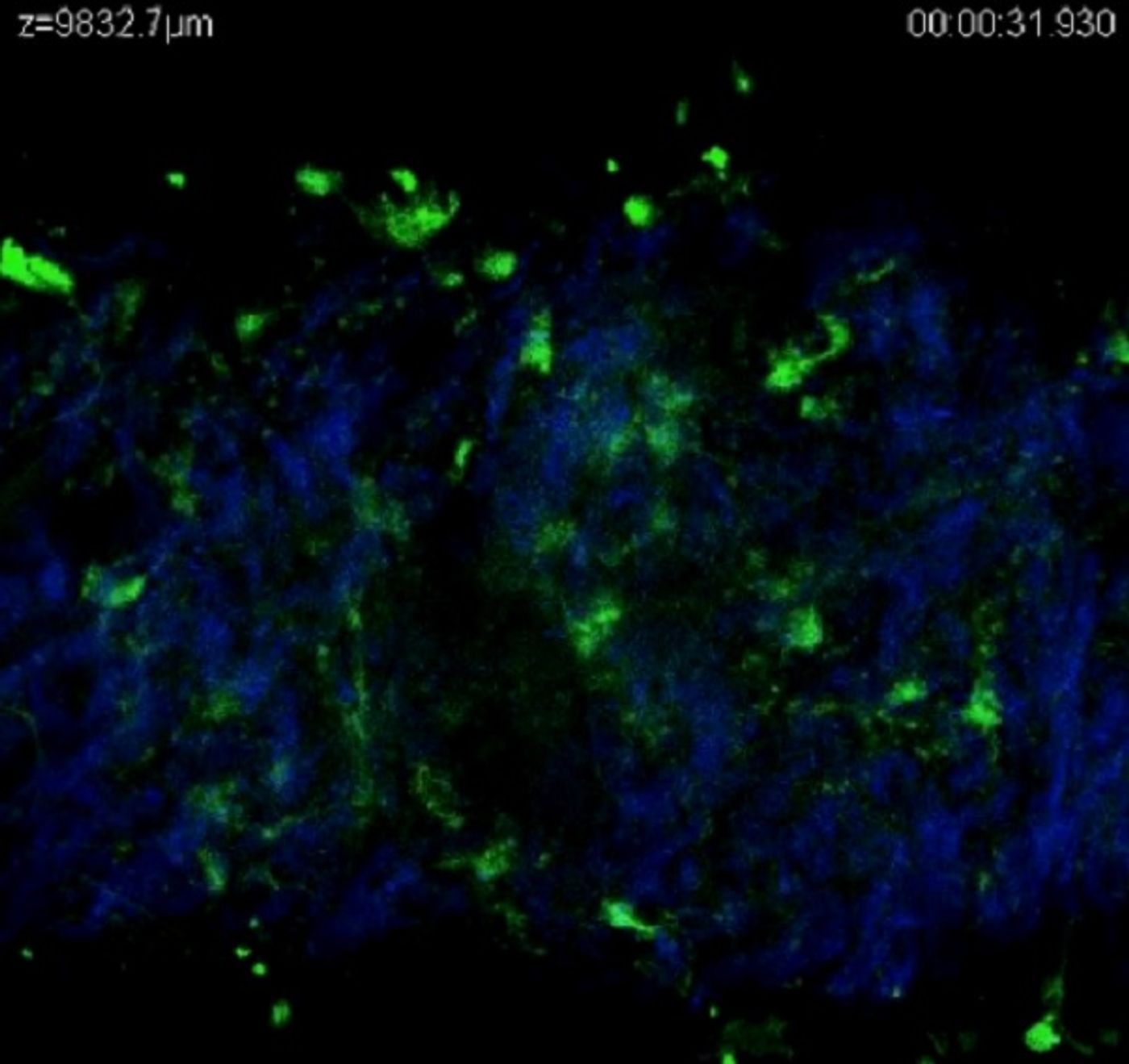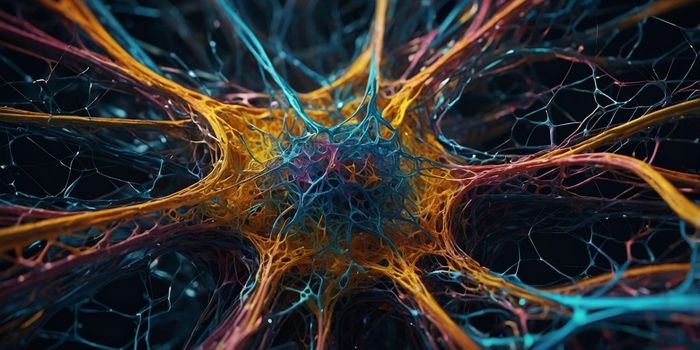Nitric Oxide Treats Heart Attack, Asthma, and Impotence
One small molecule called nitric oxide (NO) plays so many different roles in the cell, valuable and destructive. Scientists from Case Western Reserve University are uncovering how NO can perform so many functions, with the hope of using their knowledge to treat a variety of conditions like heart attack, asthma, and impotence.
First, researchers investigated a chain reaction-like process called S-nitrosylation where enzymes called NO synthases produce NO, but the story doesn’t end there. They found that NOs are transformed into “stopgap nitric oxides” (SNOs) via SNO synthases. SNOs are responsible for promoting NO’s diverse capabilities by influencing the activity of various proteins, and NO can be harmful or helpful based on how much of it there is.
"Nitric oxide has been implicated in virtually all cellular functions, and too much or too little is widely implicated in disease, including Alzheimer's, heart failure, cancer, asthma and infection," explained lead scientist Jonathan Stamler, MD.
In addition to identifying the role of SNO and SNO synthases, Stamler and his team found a third class of enzymes that transports SNOs to interact with more proteins. There are likely hundreds of different SNO synthases, hundreds of different kinds of SNOs, and hundreds of different ways for these enzymes to to change cell function.
“Each of these enzymes could potentially be targeted specifically in disease," Stamler said.
For cases in which a particular SNO negatively affects a protein’s function, a unique drug would be needed to target that SNO and leave other, potentially beneficial SNOs unharmed. It would be dangerous to blindly inhibit NO production because of the molecule’s wide reach into a plethora of cell processes. Stamler says this finding “changes perspective in the field.”
“Our findings suggest that NO itself is just the first step,” Stamler explained. “It's all in what the cell does with NO and which SNO it's converted into.”
In the near future, Stamler and his team plan on identifying individual SNO synthases in different tissues and in the context of different diseases for the purpose of therapeutic drug development.
In the context of impotence, NO has been found to be the primary component responsible for the relaxation of penile smooth muscle. For asthma, an increase in exhaled NO has been shown to accompany inflammation and other signs of asthma. For heart attack, researchers have found that NO promotes the heart’s ability to pump blood to the body.
The present study was published in the journal Molecular Cell.
Sources: Expert Opinion on Pharmacotherapy, Current Opinion in Pulmonary Medicine, Heart, Case Western Reserve University










